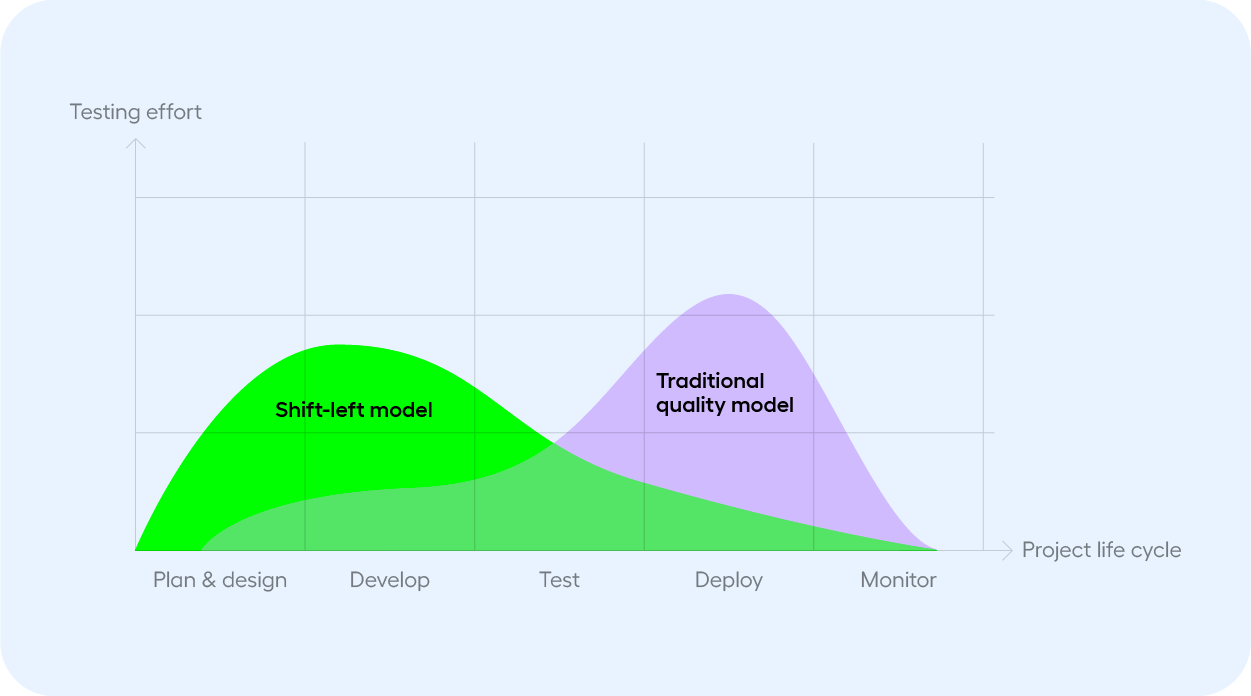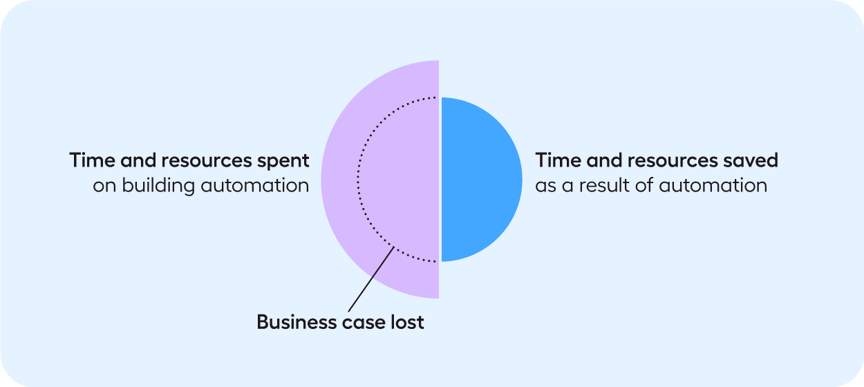Why DevOps Recommends Shift-Left Testing Principles
Smaller budgets and a push for faster deliveries have fueled the need for better approaches to development and testing. DevOps can help shorten the software development life cycle (SDLC), but without the right testing principles, development projects will still encounter costly bugs and delays.
To address this challenge, some businesses are adapting their traditional sequential approach to software development so they are better equipped to test earlier and at all stages of the SDLC.
original source: mobile first cloud first, Van Der Cruijsen, 2017
That’s where shift-left comes in. To learn more about shift-left, read our post on what is shift-left testing?
Why DevOps recommends shift-left testing principles
When you combine shift-left with two core DevOps practices - continuous testing and continuous development, you have the groundwork for shift-left to succeed. It makes shift-left in a DevOps environment a must because:
- Teams find and report bugs faster
- Features are released sooner
- Software is better quality because it’s considered early on
- Development overall is more efficient and takes less time
That being said, without test automation, you cannot get the test coverage you need when shifting testing to the left.
Shift-left and test automation in DevOps
Adopting test automation in an agile setup is no longer a question of why, but how? There are many ways to introduce test automation to your SDLC, from self-built test automation frameworks and programming-based commercial tools to codeless test automation tools.
For good coverage, automated tests (specifically regression tests) require a big investment of time, money, and brainpower. The test automation framework used for automating tests has to be carefully considered because if automation costs more than the benefit it can bring, it is not worth it.

If the wrong automation framework is chosen, the time spent can outweigh the benefit. This is especially true when automating testing of the UI because tests become more fragile and expensive to maintain.
So what can be done to ease this challenge?
Remove dependencies. Avoid dependencies on code specialists when automating functional UI tests. Codeless automation tools make it possible for business users and QA specialists to build and maintain automation.
Ease of use. A solution with a quick onboarding time will mean your test automation will be operational quicker, and available to non-technical testers. Scripting automation for testing requires a larger investment of time, money, and brainpower than visual test automation.

Stability. Stable tests with low maintenance will keep maintenance to a minimum. Visual automation platforms like Leapwork make it easy to identify, understand, and resolve automation errors so you can get to and fix the root of the problem quickly.
Scalability. A tool with built-in reusability will make it possible to scale automation efforts as projects grow.
Related reading: 20 DevOps Testing Tools for 2022
With these basic requirements in mind, how can you ensure that your software releases happen at speed without compromising quality? In the whitepaper below, you’ll find more information on shift-left and test automation, and how to find the right solution.


